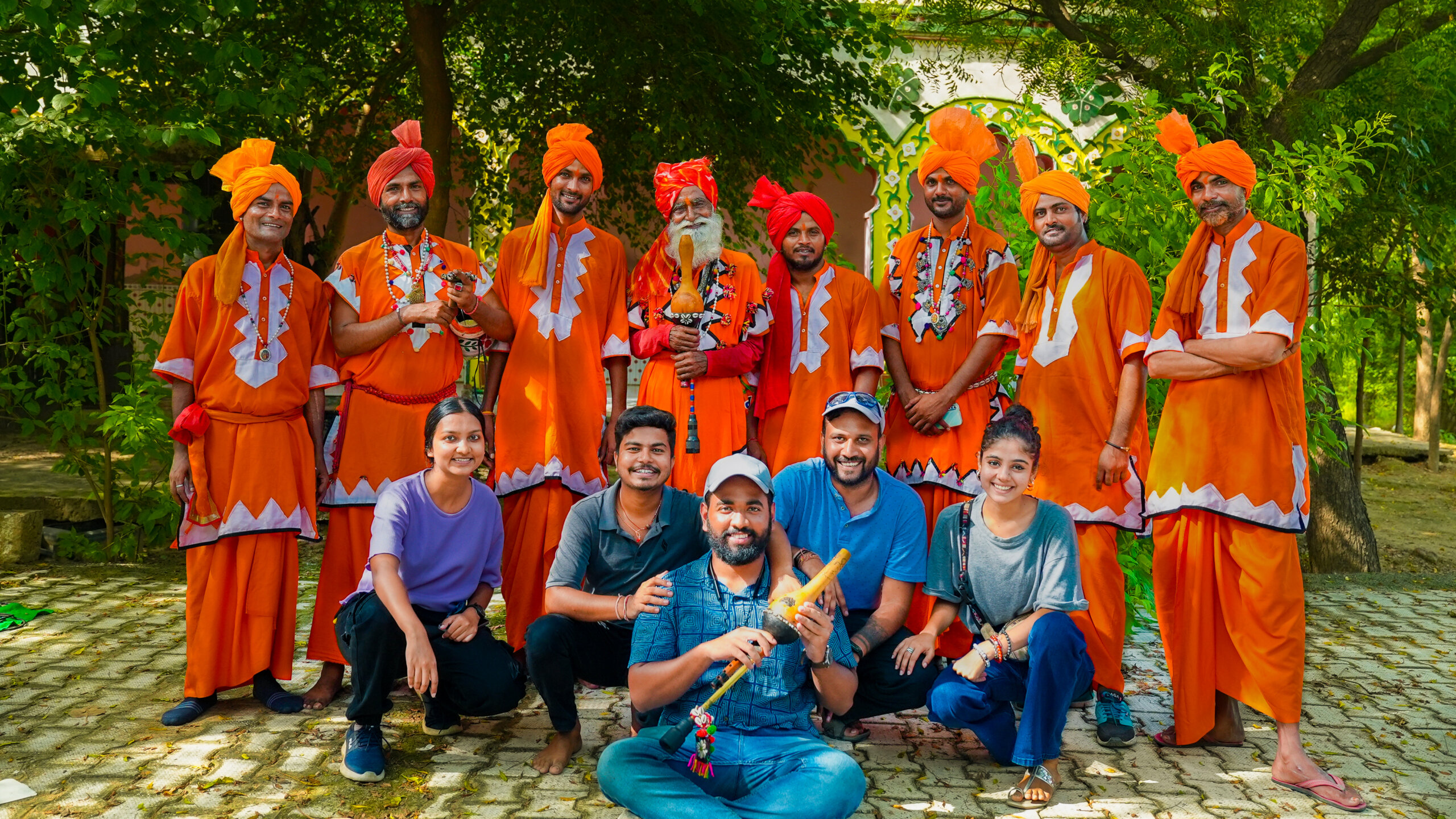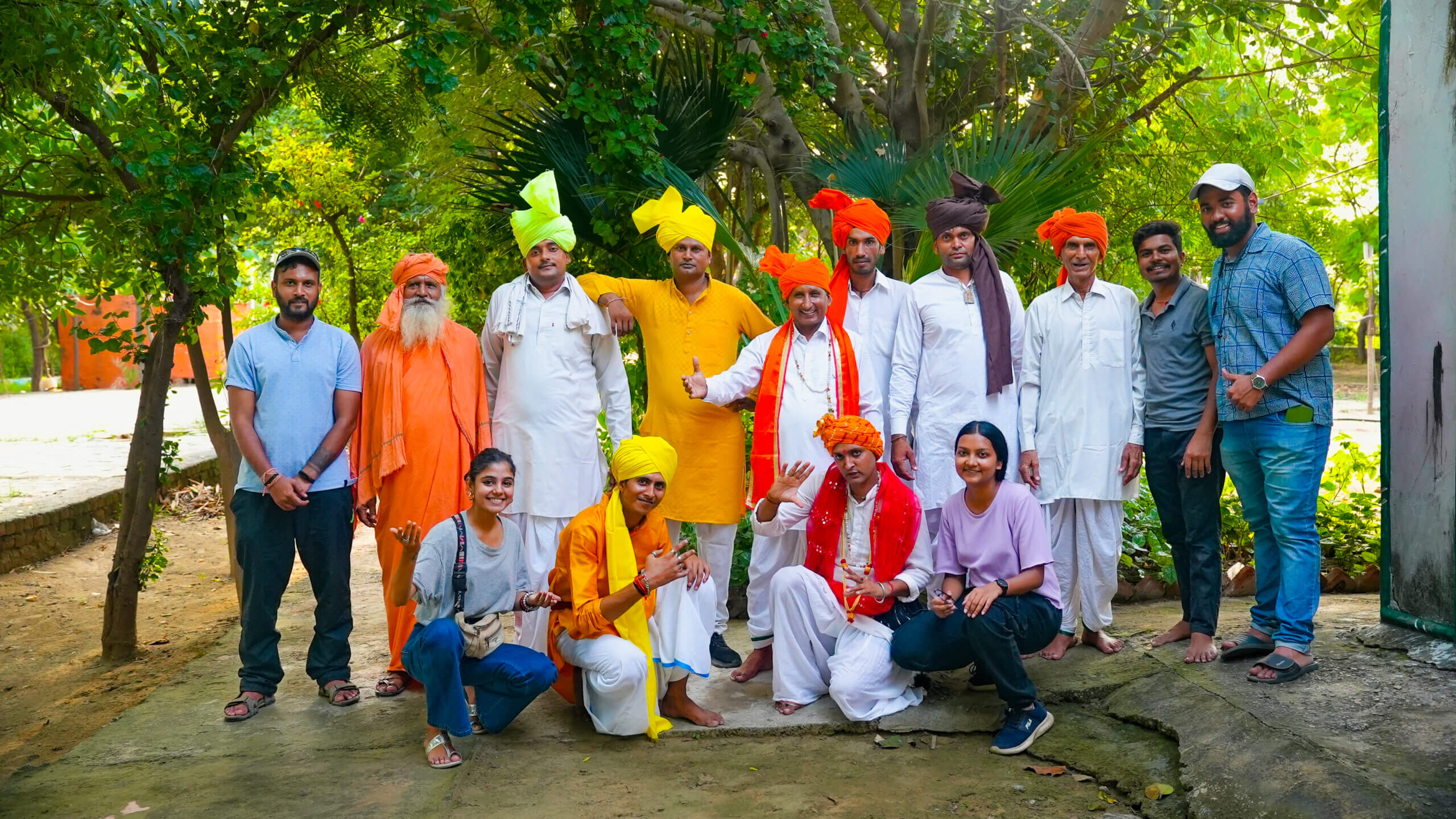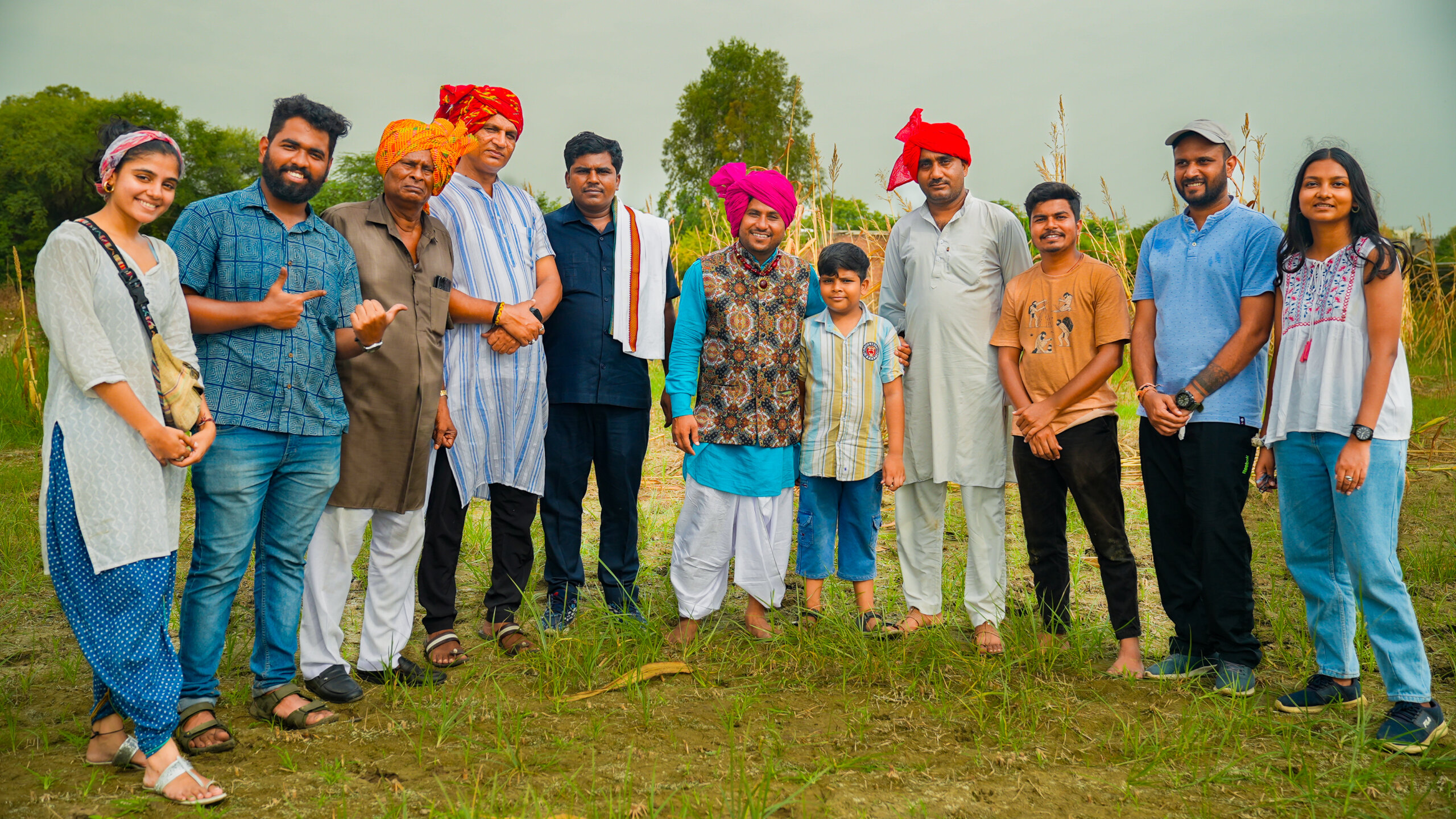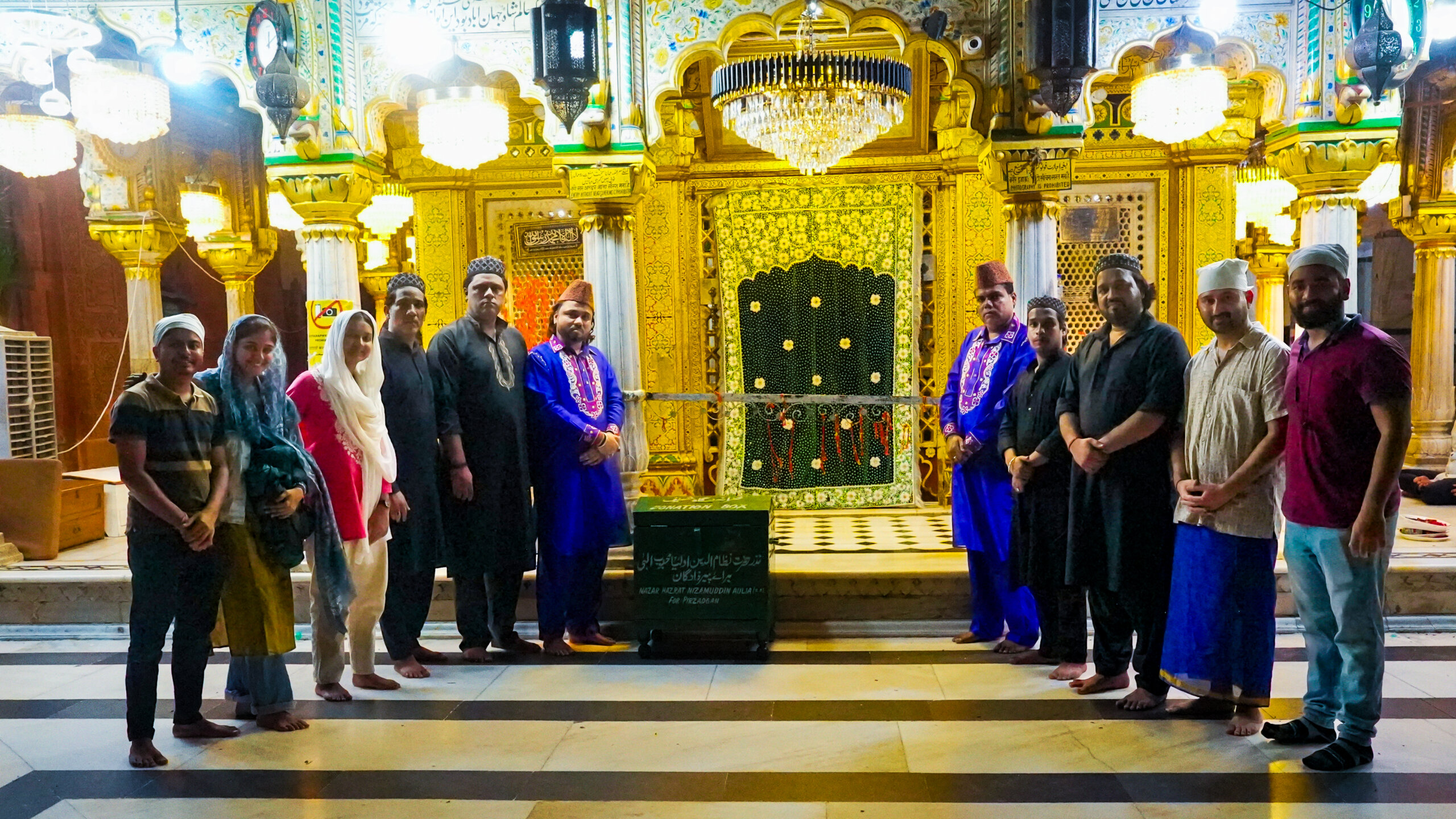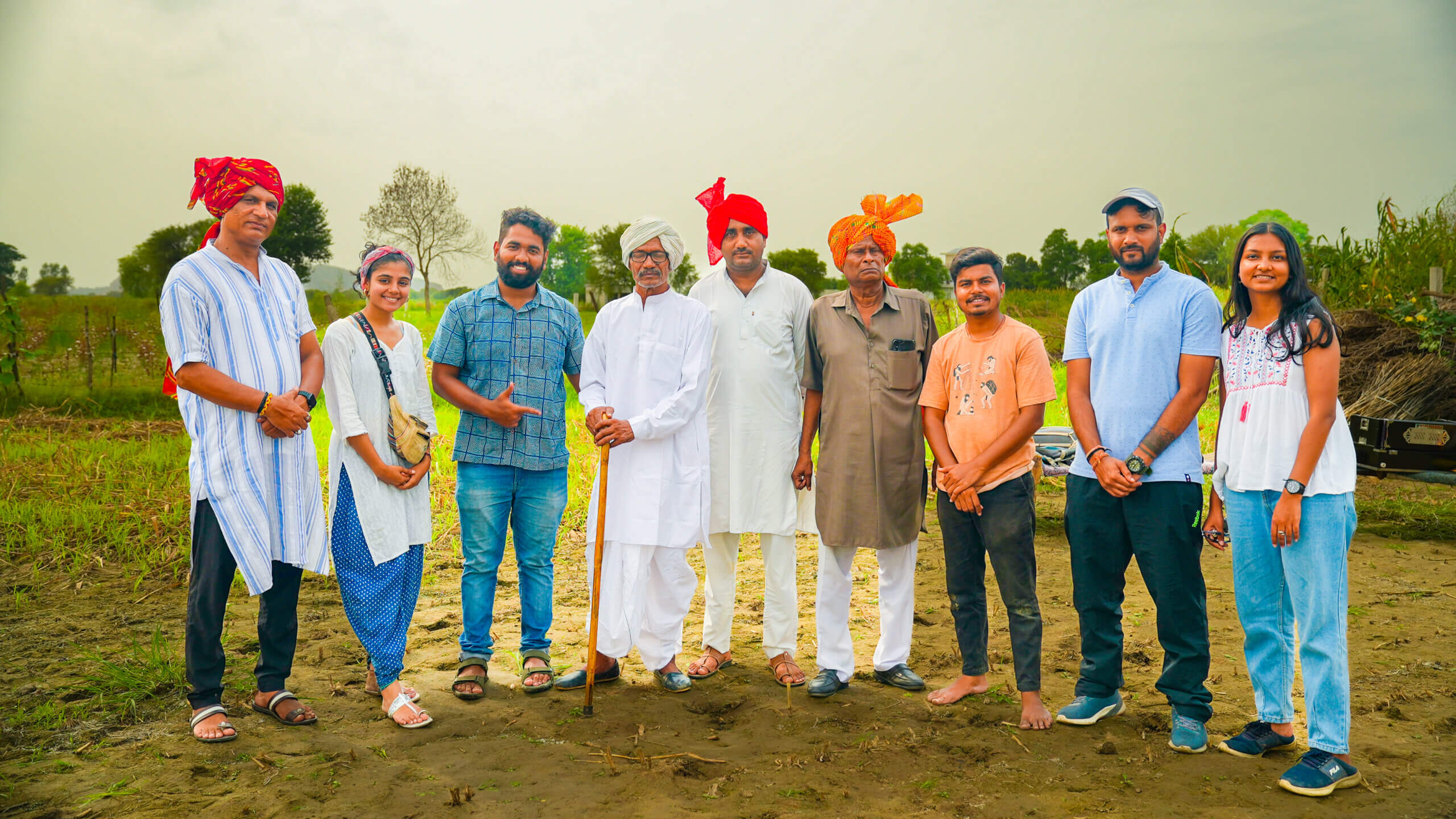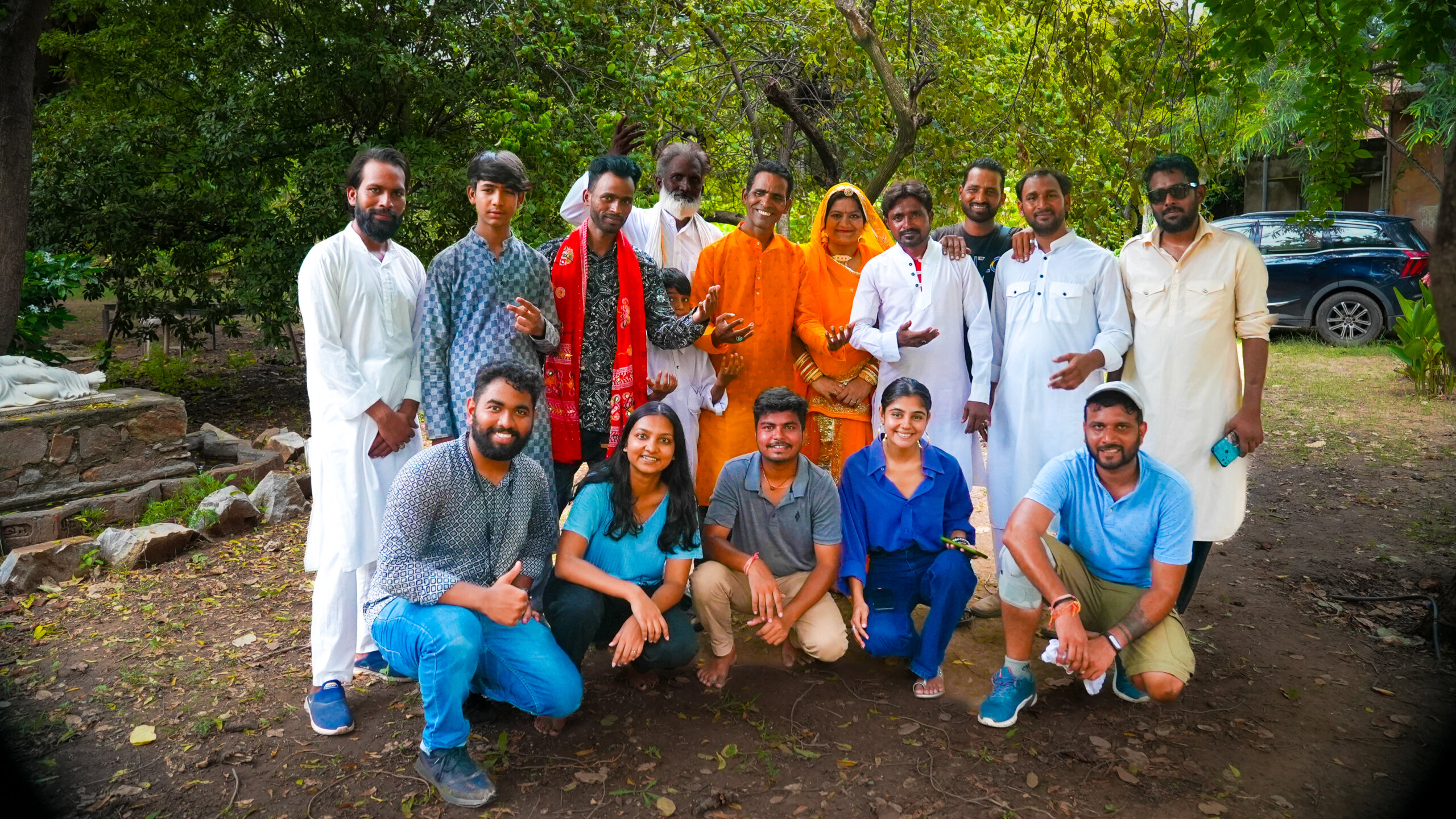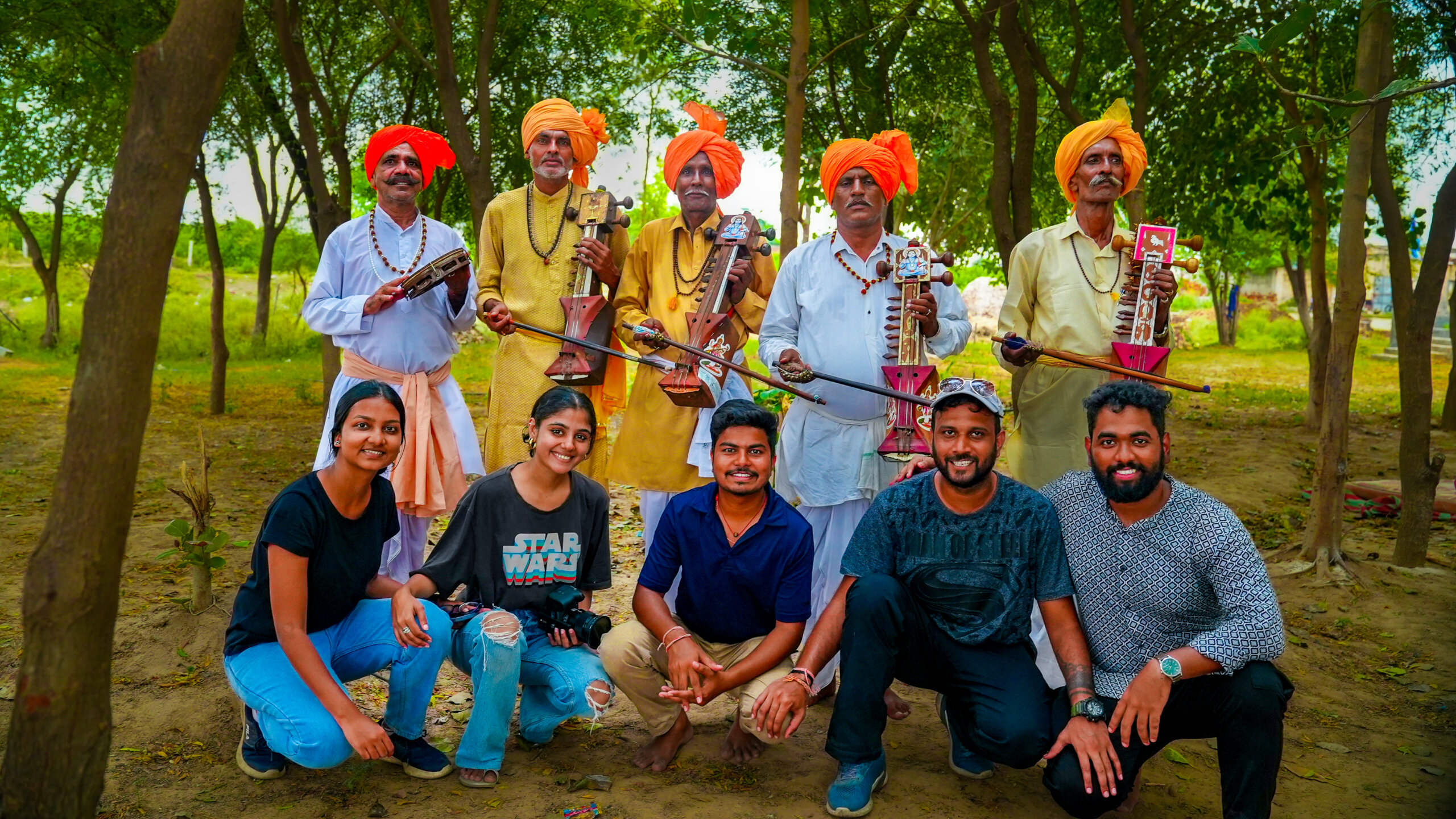
Tales of Love, Heroism, and Tradition through Jogiya Sarangi
From lands of Rajasthan and Uttar Pradesh, a musical treasure known as Jogiya Sarangi emerges, bearing the weight of history, culture, and tradition. This unique stringed instrument, crafted from a blend of wood, steel, horsehair, gut, ivory, and mango wood, finds its place as a cherished local instrument in these regions. However, it is in Haryana where Jogiya Sarangi truly comes alive, serving as the melodic narrator of the timeless Kissa folklore. Jogiya Sarangi, with its storied history and melodic prowess, is an embodiment of the enduring legacy of Kissa folklore in Haryana.
Kissa or Qissah folklore in Haryana is primarily an oral tradition, passed down through generations. Skilled storytellers, known as “kaviraj” or “qissewale,” embarked on journeys from village to village, sharing these tales with eager audiences. What made these narratives truly mesmerizing was the incorporation of musical elements, such as Jogiya Sarangi and Dafli, adding an enchanting layer to the storytelling experience.
At the heart of this musical tradition is Satbir Singh, a living legend from Hansi in his late seventies. His attire, including the kurta, saffron turban, and rudraksh mala, symbolizes unwavering devotion to his art and culture. Satbir Singh’s connection with Jogiya Sarangi is profound, as he carries the instrument adorned with stickers of ‘Gorakhnath,’ a revered deity in the Nath community, and the ‘Swastik,’ representing auspicious energy, on its age-old wooden plank.
These traditional narratives have been a vital part of Haryana’s oral tradition for centuries, Satbir Singh and his group members captivate their audiences with tales of love, heroism, morality, and social issues. Rooted in a deep cultural history, Kissa folklore is a testament to the power of storytelling in preserving and transmitting cultural values.
Jogiya Sarangi is the heart and soul of their performance, without which they cannot perform.
In their performances, they encompass a wide range of stories and themes including love, friendship or philosophies of life. Among the most famous are the tales of Heer-Ranjha, Mirza-Sahiban, Jaimal katha and Amar Singh Rathore. These narratives are more than just stories, they are cultural treasures that explore profound themes. Kissa folklore in Haryana goes beyond storytelling; it often serves as a medium for social commentary and critique. These stories shed light on societal injustices, gender roles, and the struggles faced by common people. They act as mirrors to society, reflecting both its virtues and vices.
Kissa folklore has had a profound influence on Haryana’s culture and art forms. It has inspired various artistic expressions, including folk music, dance, and theater. Satbir Singh, having dedicated his life to music since childhood, understands the challenges of this path and wishes for his children to pursue a different, more financially stable path. He is a living testament to the passage of time and the enduring spirit of tradition. Although being the seventh generation of this tradition, Satbir is the last torchbearer of their family to carry forward the tradition of Jogiya Sarangi.
– Hrisha Rashmi (Volunteer)

